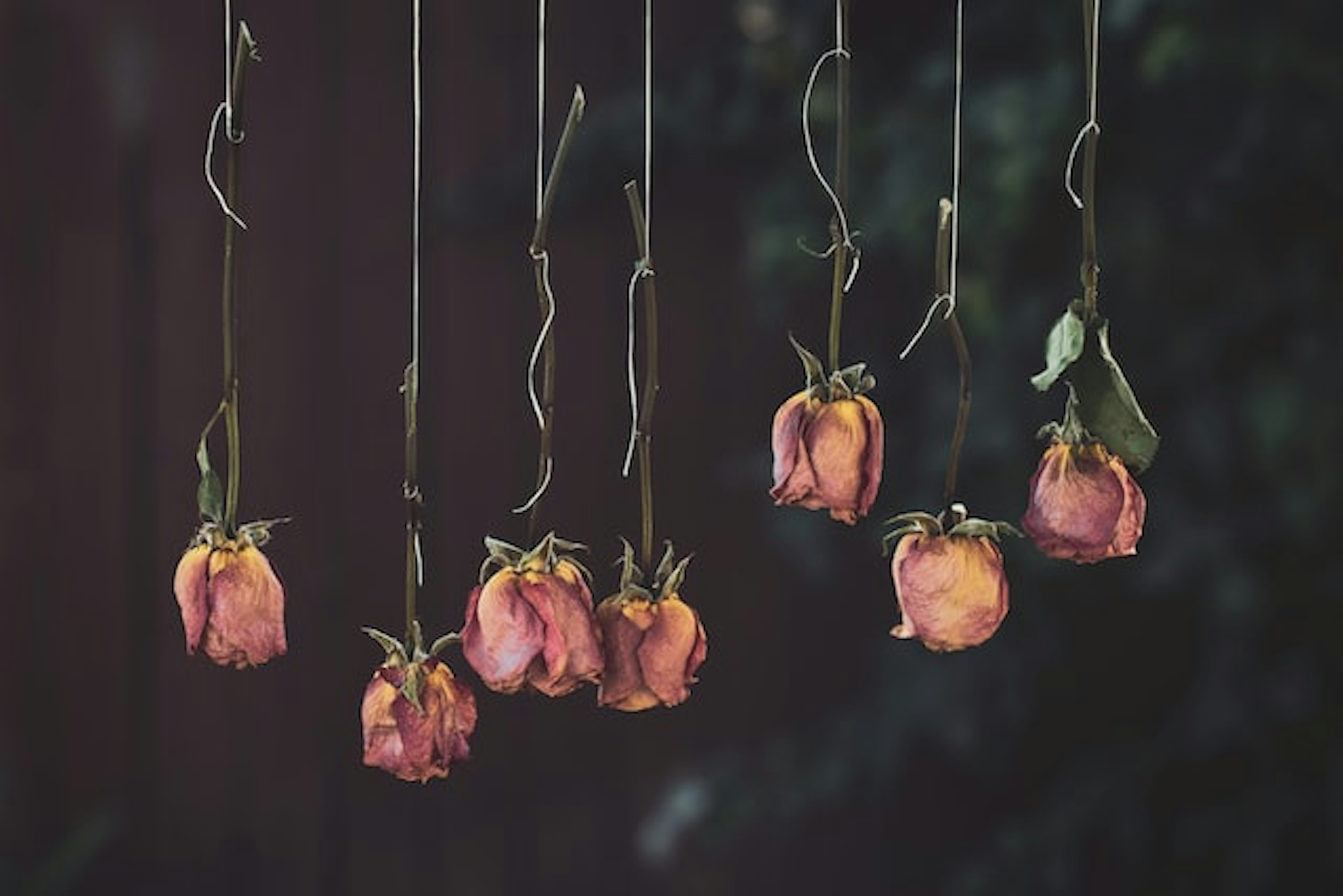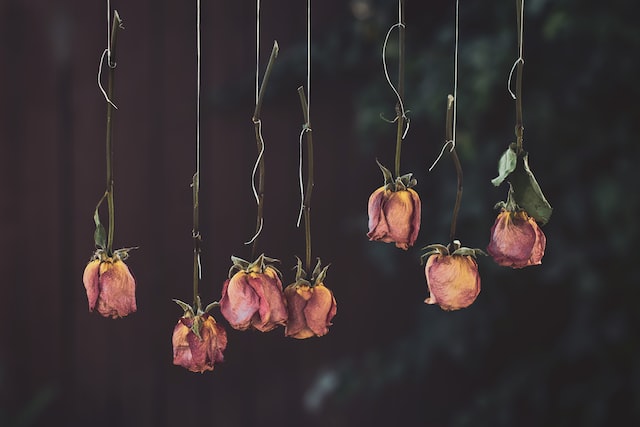
Roses
How to Deadhead Roses
 15 MIN Read
15 MIN Read20 Jul 2022
By Michael Jacobson

Roses are a stunning addition to any garden, providing bursts of bright color throughout the late spring and summer. Roses are relatively hardy plants, which may be surprising considering their delicate appearance. However, in order to encourage new growth and ensure your flowers look as big and fresh as possible, you should learn how to deadhead roses.
What is deadheading?
Deadheading is when dead blooms are removed from the stem to encourage new growth and future blooms. Deadheading roses ensures the plant keeps its shape and continues to produce beautiful flowers to its fullest potential year after year.
There are two types of roses that should be deadheaded: once-flowering shrub roses (that don’t produce hips in the fall) and repeat-flowering shrub roses. Roses that do produce hips shouldn’t be deadheaded as this can prevent the growth of hips.
When should you deadhead roses?
You can deadhead your roses as and when is necessary. Many types of rose plants produce flowers continuously throughout the spring and summer, and even into the fall. Because of this, when a bloom dies it can be removed to allow a new flower to grow in its place. Dead flowers should be removed as soon as possible as this will encourage new growth much quicker.
Different ways to deadhead a rose plant
There are two different methods you can use to deadhead your roses. Neither method is the correct way, but each technique can be used to give a slightly different look to your plant.
5-leaf junction method to deadheading roses
This is possibly the most popular method. To deadhead roses in this way, remove dead flowers slightly above the first 5-leaf set. Simply look from the base of the flowerhead to the first set of five leaves. Sometimes, there may already be new growth in this area - in this case, cut above the existing new growth.
In the event the new growth is facing a direction you don’t want the plant to grow, you could also prune above the next leaf set down the cane. This is also an option if the cane is damaged or too weak to support new blooms.
For this method, you may want to use any type of non-washable white glue. Adding a drop of glue will help protect the cut ends from pests once you’ve made your cut, and prevent it from damage which can lead to killing the plant. This isn’t a necessary step, but some gardeners will do this to help protect their roses.
Twist and snap method to deadheading roses
A quicker but less precise method to deadheading roses is the twist and snap - which is exactly what it sounds like. Simply take the dead flower and twist quickly while pulling gently - this will snap the stem and remove the flower.
Because it leaves a lot of the old stem behind, it can look untidy, especially as the stem dies. Because of this, it does also lead to slower new growth which may be weaker as it may not have the necessary support. Using the twist and snap method means you have less control over the shape of your plant as new blooms grow. However, if this isn’t a concern then using twist and snap is an easy, low-effort way to encourage growth.
Buy beautiful roses online with French Florist for same-day local delivery
Now you know how to deadhead roses, why not try planting and growing your own? But, if you love roses but don’t have the time, French Florist has a wide range of roses and other flowers available for delivery nationwide, or same-day locally. Browse our range of beautiful roses today.
#FFinstagram
FRENCHFLORIST